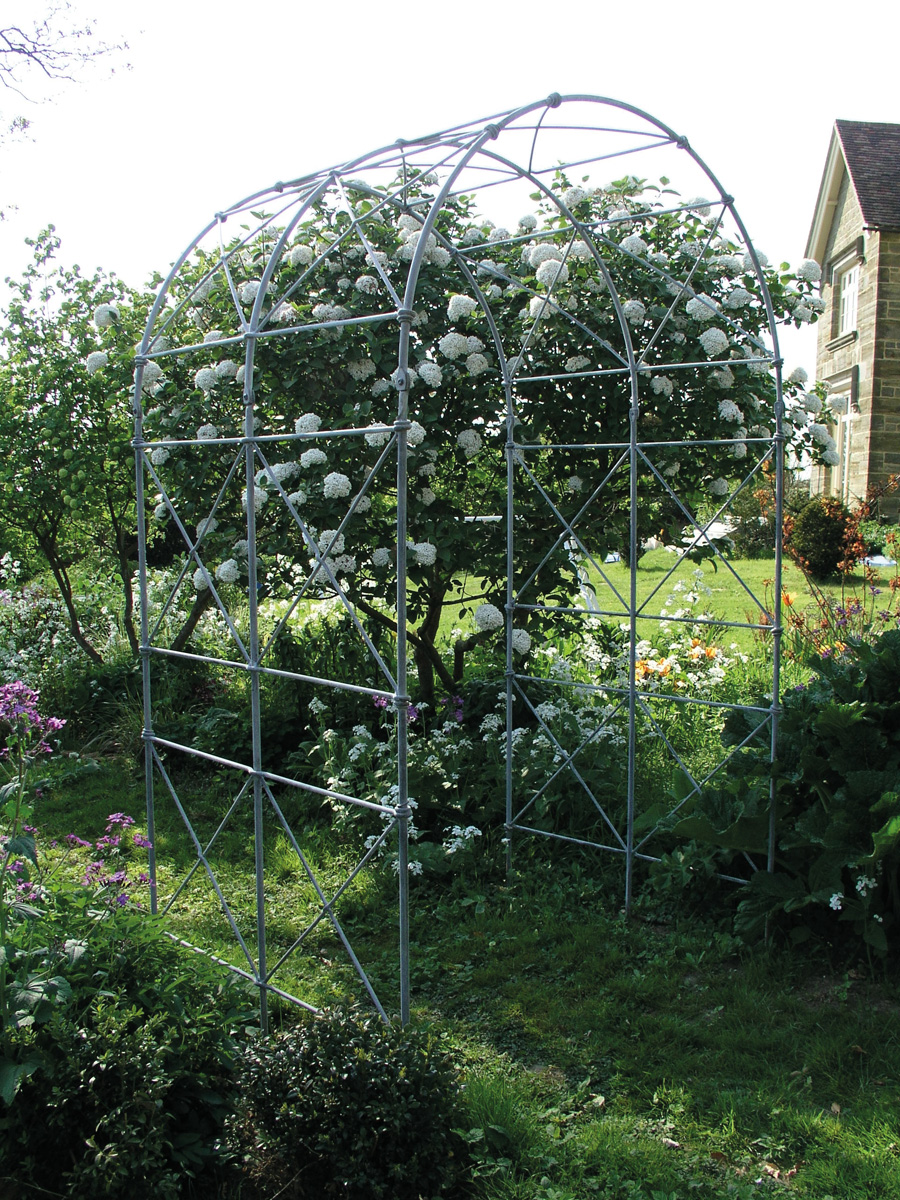Pergola, arch, arbour, loggia, gazebo, so much choice! All these structures can create a great focal point in the garden and provide a planting opportunity too.
The entrance to any space is important, and arches and pergolas are brilliant for achieving this as well as making the transition from one space to another exciting and intriguing without being consciously divisive. They can be used to create tunnelled walkways, or just make a beautiful statement that adds grace to your garden all year round.
Gazebos and loggias come in all sorts of sizes. They can provide a powerful focal point, as an alternative to a closed summerhouse. Arbours are associated with seating, mostly. I believe that every garden, no matter how small should have three seating areas – providing three very different perspectives of your house and garden. When positioned at the end of a path they will hypnotise and lure even the most uninterested garden visitor!
So what is the definition of each?
Renson Azoe Louvered Canopy, Garden House Design
Renson Camargue, Garden House Design
The arbour is a seat with a roof and sides. Sometimes it has a backing and sometimes it is open. It is usually constructed from wood and is often painted and can be created in many different shapes.
The gazebo or loggia is usually crafted from wood and is something you can sit in/under. The gazebo often has several sides such as an octagonal shape, and is open whereas a loggia tends to have three sides (sometimes open, sometimes closed) with an open front.
The arch can be found in many forms: flat topped, round, gothic or pitched, made from metal, wood, willow… The pergola is usually constructed from wood or metal using posts or pillars with a lintel on top, sometimes with shaped ends, sometimes plain and often with rafter ends over the lintels to create a shaded walkway or sitting area.
All of these structures provide a wonderful opportunity for planting. A classic rose arch adorned with scented climbing roses winding their way up over the top is quite irresistible! Here is a small list of climbing plants that I think are tops for this job.
Climbing rose ‘New Dawn’ or if you don’t want those thorns then try Rosa Zephirine Drouhin – a very pretty pink and beautifully scented rose that is thornless. Lonicera japonica ‘Halliana’ with heavily scented flowers in late summer, Clematis Montana Rubens or if you have a warm and sheltered garden, how about trying Wisteria Sinensis? Here’s an interesting little botanical fact – Wisteria Sinensis is Chinese and it grows anti-clockwise whereas Japanese variety ‘Wisteria Floribunda’ grows clockwise!
Garden Arch, Moore Designs


